This is the beginning of a series of articles on IPA variants. For the near future, I’ll post one article per week covering one variation on the IPA theme. I will discuss rye IPA, Belgian IPA, wheat IPA, session IPA, IPL (India pale lager) and white IPA. This weekend, I’ll kick things off by posting two articles on “black IPA.” The first will cover IPAs with some color, but little or no roast character. The second will cover dark IPAs with a fair amount of roasted malt flavor and aroma.
Black IPA . . . and Other Dumb Beer Names

It’s a Northern Bastropian American Indian-(Not to be Confused with Native American)-via-British Currently Melanoidin Positive (but Historically Pale) Ale . . . and I was the first person ever to think of putting hops in a dark beer. That’s my story and I’m sticking to it.
Black IPA. It’s an odd name when you think about it, having both “black” and “pale” in the same description. And of course, you have a similar problem with the terms American IPA and British IPA. However, even though it’s kludged together, the name is descriptive — it refers an IPA that’s black. [As an aside, I once made a dark-colored witbier and called it a schwarz wit — a linguistic train wreck combining the German word for dark (and referencing the German lager style called schwarzbier) with the Flemish word for white into one intentionally ironic beer name. It actually turned out fairly well. I added a small amount of lavender to the spice mix, but I digress.]
Black IPAs have been popular for the past few years, and in the following two articles, I’ll give a quick primer on brewing beers like this.
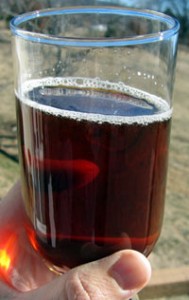
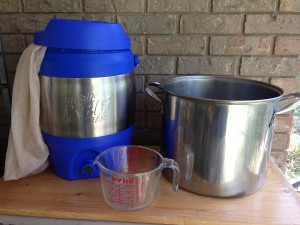
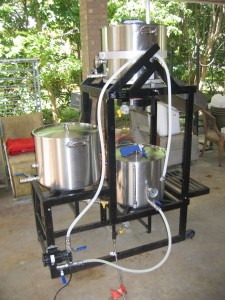


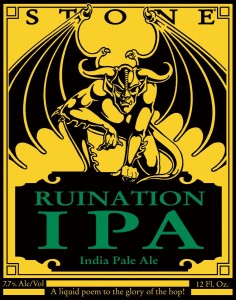

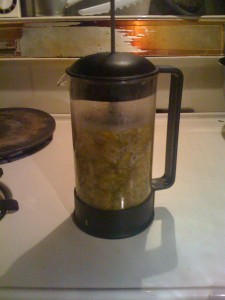


Recent Comments